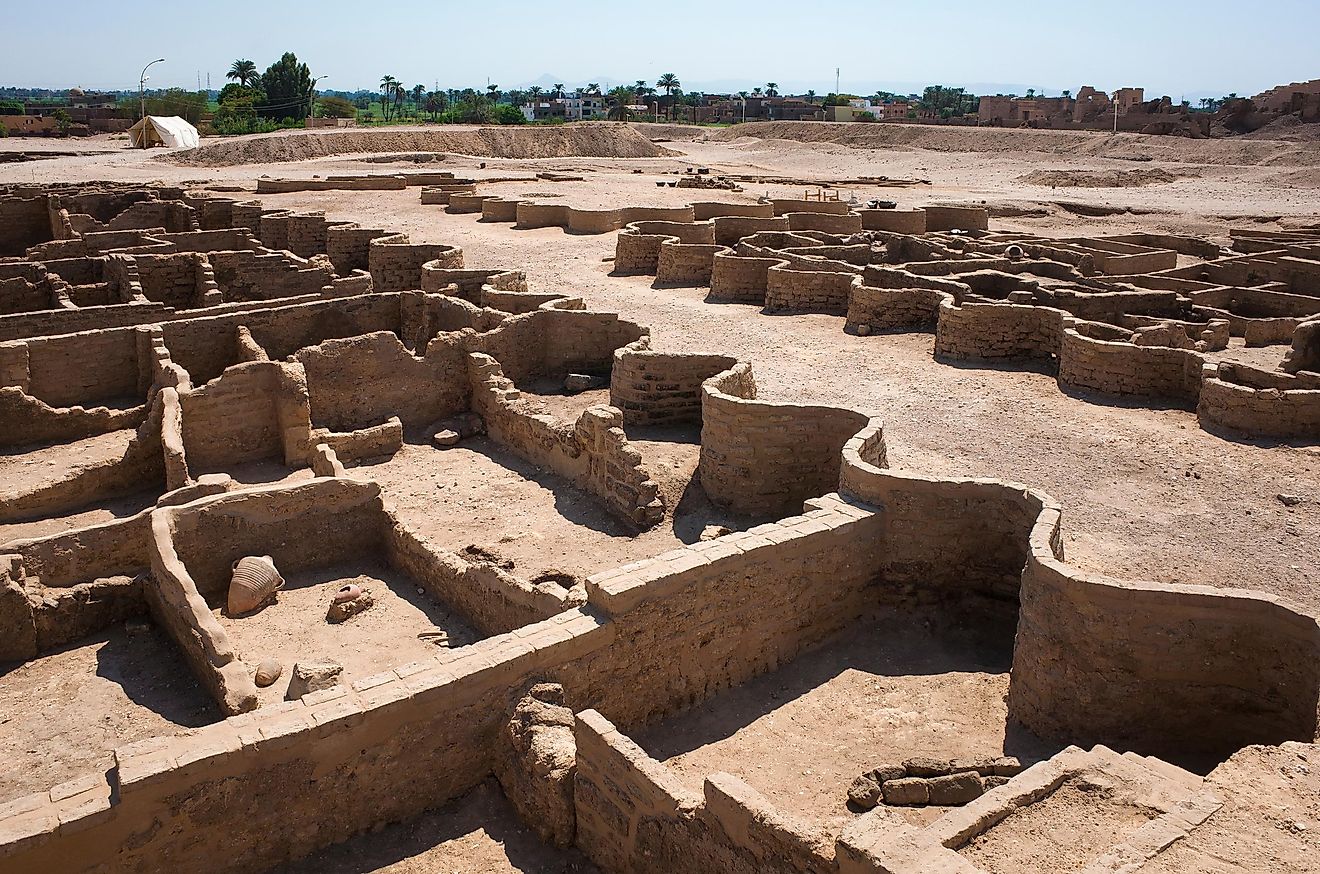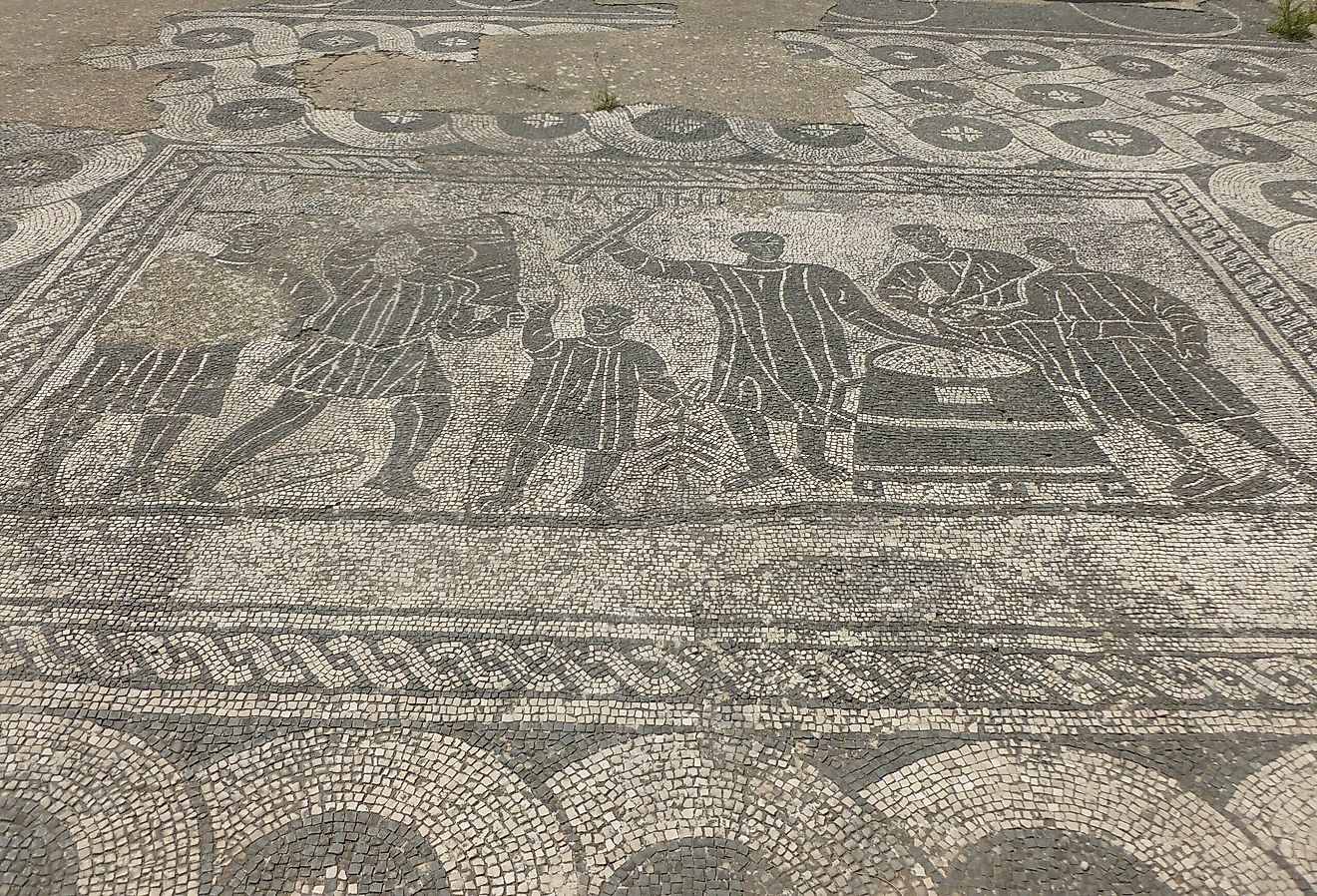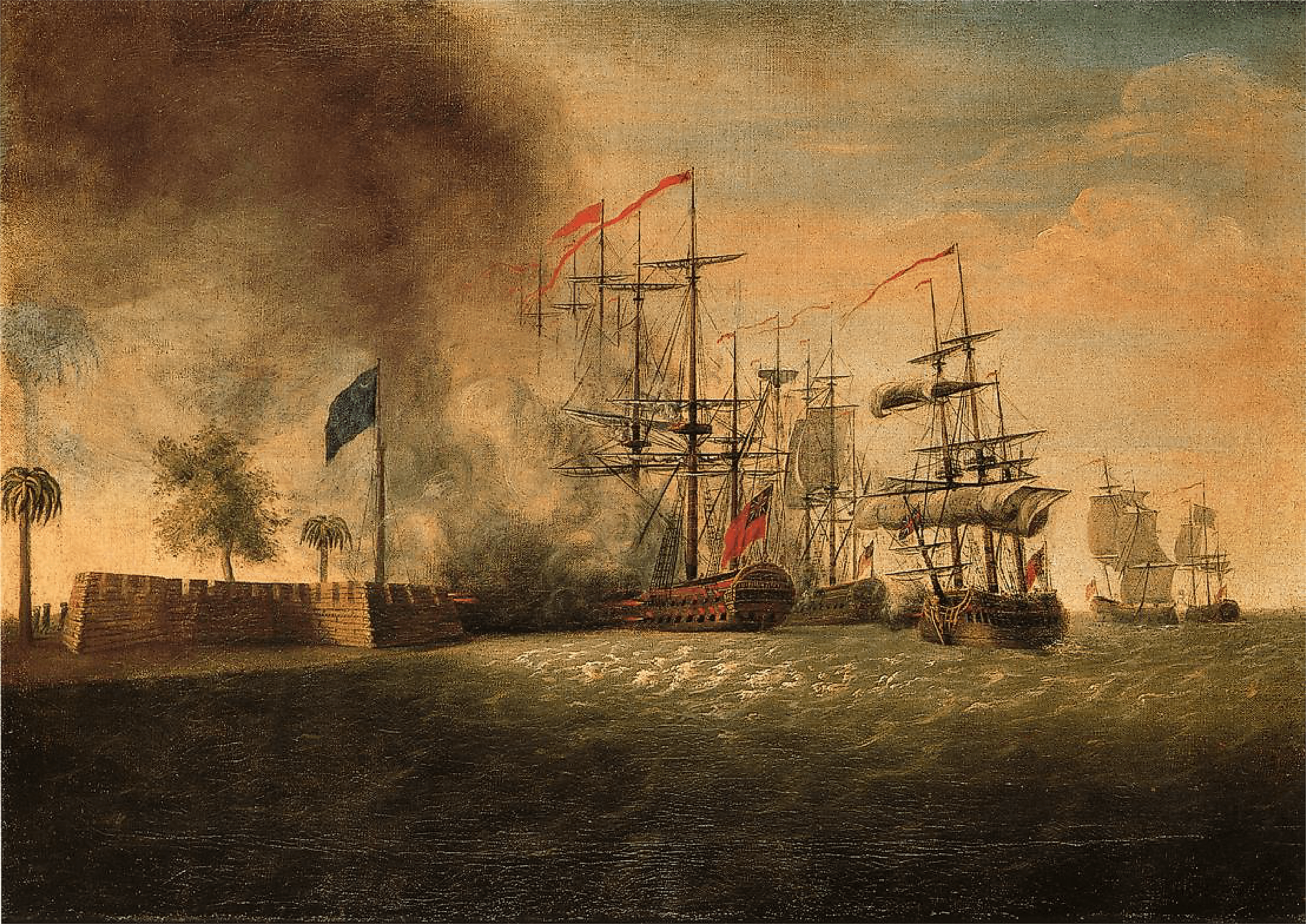
3 Historic Battles That Shaped South Carolina
From early colonial resistance to Union garrisons defending federal authority, South Carolina has long stood as a battleground for American identity, liberty, and transformation. The battles here were not just local events but national turning points. This article will explore three pivotal battles that left an indelible mark on the history of the United States: the Battle of Sullivan’s Island (1776), the Battle of Cowpens (1781), and the Battle of Fort Sumter (1861). Each conflict highlights South Carolina’s central role in both the Revolutionary War and the Civil War, and each battlefield tells a story of courage, ingenuity, and national consequence.
Battle of Sullivan’s Island
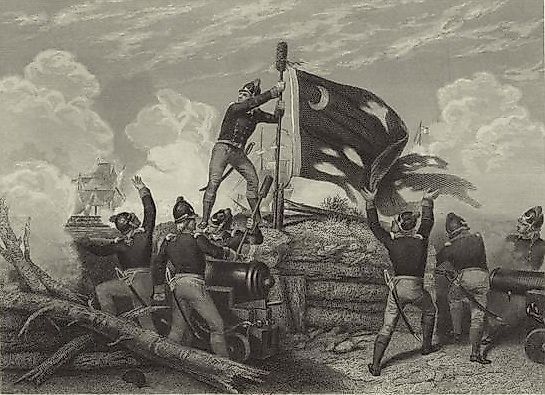
On June 28, 1776, just days before the signing of the Declaration of Independence, a remarkable battle unfolded at the mouth of Charleston Harbor on Sullivan’s Island. The British Royal Navy, led by Admiral Sir Peter Parker and General Henry Clinton, launched a full-scale assault on the American fortifications. They aimed to seize Charleston, a major Southern port, to weaken the burgeoning rebellion. Opposing them stood a modest force of South Carolina militia under Colonel William Moultrie, defending the still-unfinished Fort Sullivan, which was built primarily of palmetto logs and sand.
These seemingly fragile palmetto log walls turned out to be a genius tactical asset. Unlike traditional wooden structures that would have shattered under cannon fire, the soft, fibrous palmetto logs absorbed and deflected the British cannonballs. As the British fleet bombarded the fort for over 10 hours, the defenders stood their ground, returning fire with precision and resolve and inflicting severe damage on several British warships.
One of the most famous moments of the battle occurred when a British cannonball struck the fort’s flagstaff, sending the colonial battle flag tumbling to the ground. In an act of extraordinary bravery, Sergeant William Jasper climbed the wall under heavy fire and reattached the flag to a makeshift staff, holding it aloft while the battle raged. His heroism boosted morale and became symbolic of the American will to resist.
The American victory at Sullivan’s Island was decisive. It delayed British efforts to conquer the South for several years and elevated Moultrie to the status of a local hero. Today, the location of Fort Moultrie (as it was renamed) is part of the Fort Sumter and Fort Moultrie National Historical Park, and the palmetto tree featured on the state flag serves as a reminder of the unique fortification that helped secure independence.
Battle of Cowpens
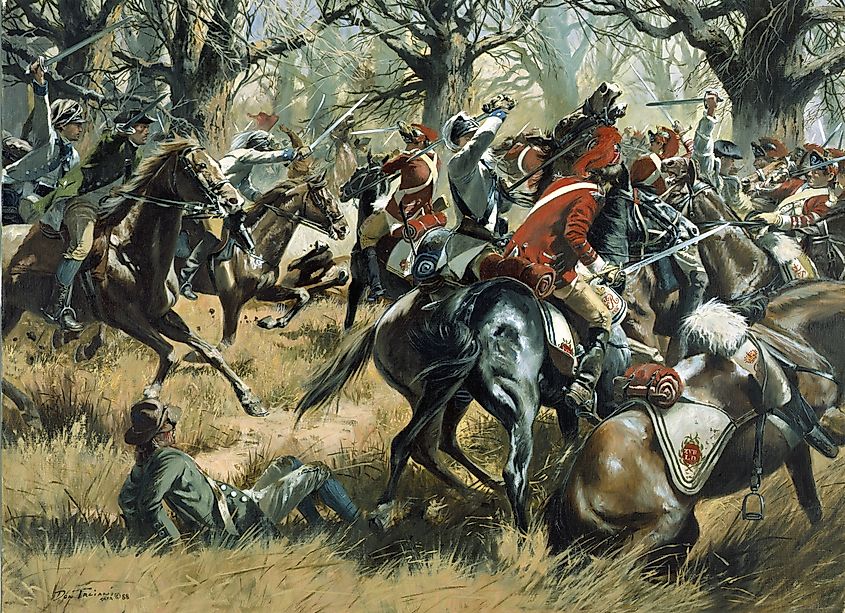
Fast forward to January 17, 1781, and the Revolutionary War had taken a bloody and exhausting turn in the Southern colonies. The British had recently captured Charleston. General Daniel Morgan, commanding a diverse force of approximately 1,065 troops, faced off against the notoriously aggressive British cavalry commander, Lieutenant Colonel Banastre Tarleton, commanding about 1,150 men.
The battlefield near Cowpens proved ideal for Morgan’s brilliant plan that played on Tarleton’s impetuous nature. He arranged his men in three lines: a front line of sharpshooters to fire a couple of accurate volleys and retreat, a second line of militia to do the same, and a third line of battle-hardened Continentals to hold the ground. Behind them, cavalry led by Colonel William Washington (a cousin of George Washington) waited in reserve.
As the British advanced and the first two American lines fell back, Tarleton believed he had routed the enemy. He ordered a full frontal charge, driving his troops into the well-positioned third line. At that moment, the Continentals unleashed devastating musket fire, and Morgan ordered a coordinated counterattack. William Washington’s cavalry struck from the flanks, and militia units rallied to surround the British. Some accounts support the popular legend that Washington and Tarleton briefly clashed in hand-to-hand combat during the melee.
The Battle of Cowpens resulted in a stunning American victory. The British suffered nearly 900 casualties — killed, wounded, or captured — while American losses were around 150. The victory at Cowpens was a turning point in the Southern campaign. It crippled British momentum, demoralized Loyalist support, and helped clear the path for future victories, including the siege at Yorktown.
Battle of Fort Sumter
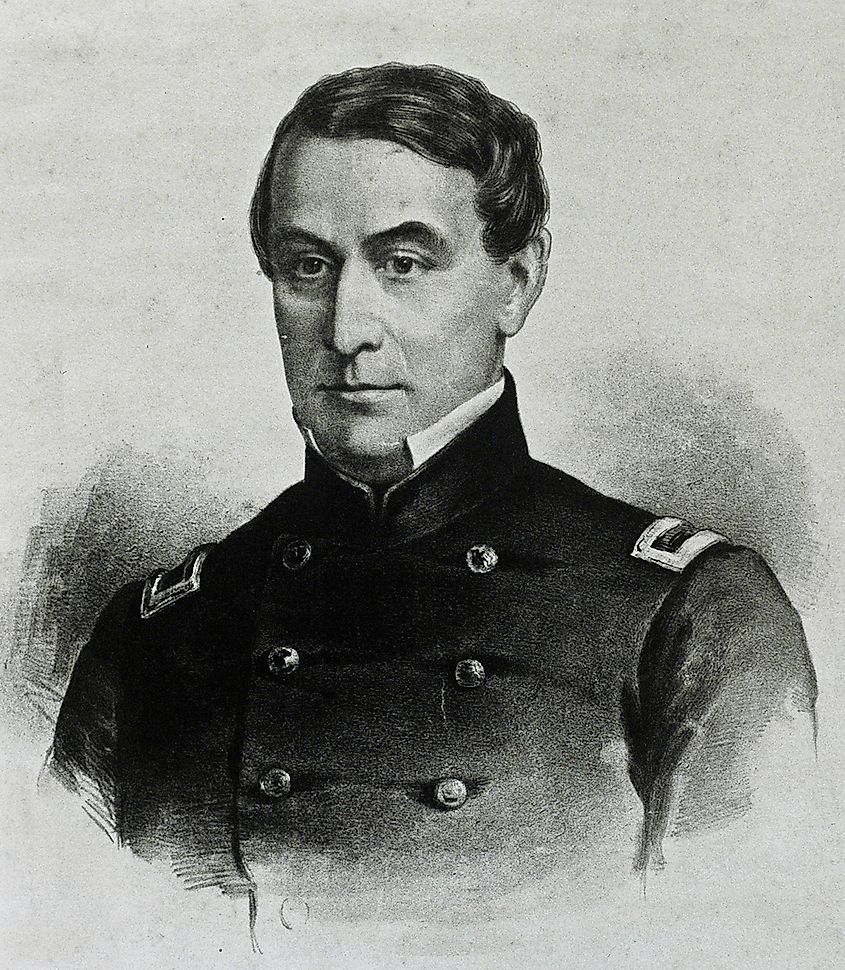
Fort Sumter witnessed the opening shots of the Civil War. On April 12, 1861, after months of growing tension between secessionist South Carolina and the federal government, Confederate forces opened fire on the U.S. garrison stationed at Fort Sumter in Charleston Harbor. The confrontation followed South Carolina’s secession from the Union in December 1860, and the fort became a flashpoint for conflict.
Major Robert Anderson commanded roughly 85 soldiers at the fort. Under Brigadier General P.G.T. Beauregard, approximately 500 Confederate troops faced him. Over 34 hours, Confederate artillery rained shells down on the brick fortress. Eventually, faced with overwhelming odds and a collapsing fort structure, Anderson surrendered.
While no soldiers were killed in combat during the bombardment, two Union soldiers died during the surrender ceremony due to an accidental gun explosion — a tragic postscript to the otherwise bloodless conflict. The battle marked the Civil War's beginning, igniting a four-year national ordeal claiming over 698,000 lives.
One interesting anecdote from the battle involves the 33-star American flag that flew at Fort Sumter. Major Anderson kept it after it was lowered in surrender, then toured the northern states to help recruit volunteers to the Union army. On April 14, 1865, four years after the surrender — and a few hours before President Lincoln’s assassination — Anderson raised that same flag over Fort Sumter.
The history of South Carolina is deeply intertwined with the broader story of America’s founding and redefinition. The Battle of Sullivan’s Island showcased American resourcefulness and courage at a crucial early stage in the fight for independence. The Battle of Cowpens highlighted strategic brilliance and turned the tide in the South during the Revolution. And the Battle of Fort Sumter marked the tragic beginning of a conflict that would test the nation’s resolve and ideals. These battles, preserved through time and memory, remind us of the cost of war and the values that generations of Americans have been willing to defend.








